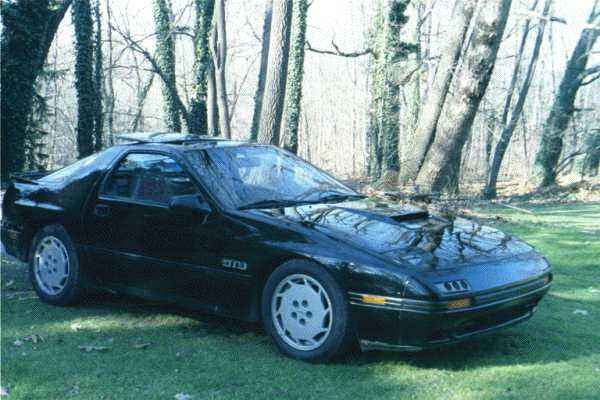|
Notes:
- Support the transmission with the front of the housing slightly raised - a scissor jack works well
-
- Remove the vacuum lines, throttle body, dynamic chamber, upper and lower intake manifolds before pulling the engine (carefully mark vacuum lines for reassembly (REALLY do it - the vacuum spider can get a little confusing).
-
- CAREFULLY disconnect the engine wiring harness from the various connectors - marking them for reassembly - and place the harness safely out of the way along the passenger side fender (some people recommend pulling the entire harness through the firewall after disconnecting it from the ECU but I think that the 18 year old harness is too brittle for that twisting and flexing. The last thing you need is a short internal to the harness)
-
- Carefully note the ground attached to the firewall at the vehicle ID plaque and beneath the dynamic chamber aft of the BAC. This ground, if not reattached or if loose can almost guarantee you will get the dreaded 3800 rpm hesitation.
|
